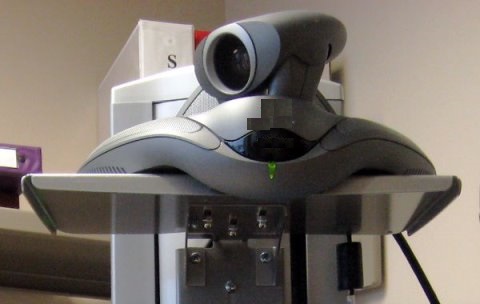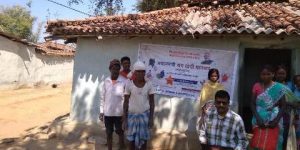Many of the public healthcare services like Public Health Centres (PHCs) and sub-centres in rural areas are not equipped and staffed to provide quality healthcare to the rural poor. This suggests the yawning divide between rural and urban healthcare services, between the rural poor and the well off. The new developments in healthcare have not percolated to the rural areas and this is a matter of great concern. While? public healthcare system in India has the best professionals and one of the best systems (decentralized up to the sub centre level) there is a need to explore the ways and means to bring equity in access to health professionals and institutions.
Cost of ill health
Ill health is one of the major maladies that affect the livelihood and welfare of the poor. Hence policies that protect the health of the poor are critical in ensuring their well-being. Inadequate public health and safety measures could result in the inability of the poor citizens in investing their entitlement reserves for economic reproduction.
The use of entitlements to meet consumption needs could affect a family?s reserves negatively in the long run and could affect the ability of a family to face uncertainties. Though it is encouraging to note that some efforts are made to provide social protection to the poor through health insurance policies offered (public private partnerships) by some corporate insurance companies (even though a result of opera-tional compulsion by government) and some state governments, these schemes are yet to reach the majority living in the rural areas. Health status affects human development in many ways. Health is one of the important human capabilities, which determine access to wealth.
?Quality
Numerous studies have indicated that the healthcare facilities at Primary Health Centre (PHC)and Sub Centre levels are mostly understaffed and short of drugs and essential supplies and that they sometimes suffer from low staff morale and motivation. The quality of healthcare in the rural and urban areas also differ. While the urban localities have healthcare options from five star medical colleges to small private dispensaries run by trained doctors, the rural areas often are left with the only option of untrained private practitioners.Providing healthcare services to the poor at a reasonable cost requires a significant amount of subsidy, either through government or non-government source.
An assessment of healthcare facilities available for the rural poor suggests the following:
? The health status in villages in general is inadequate and does not comply even with the minimum public health requirements.
? The main healthcare providers for more than 80% population living in rural areas in India are untrained private ?practitioners?.
? The government PHCs are not regular and are not efficient in accomplishing its mission of facilitating quality medical outreach to the poor in the rural localities, both due to poor infrastructure, equipments and inadequate personnel.
? Emergency healthcare services are almost nil in rural areas. Accessing health services at odd times is a Herculean task for the people in? rural areas.
ICT kiosks and public health
Information and communication technology has important role to play in facilitating quality healthcare to the rural poor in a cost effective manner. In an age of high-tech medical care, those excluded from the mainstream healthcare service could be provided with the benefits of medical professionals through the use of an appropriate ICT kiosk. This needs a joint commitment from both private and public sector.
Telemedicine is used as a means to provide health access to people world wide through the use of various kiosks. However, this has not become popular among the rural poor because of inadequate know-how on the use of various kiosks. The countries in Asia have less than 10 % Internet users and less than 20 % telephone users in their rural localities, while in India the use of Internet in rural areas is less than 1%. In a situation where large-scale tech-nology illiteracy exists, it is important to promote appropriate technology kiosks?that would be easy for the poor to use.
editor@ictpost.com








